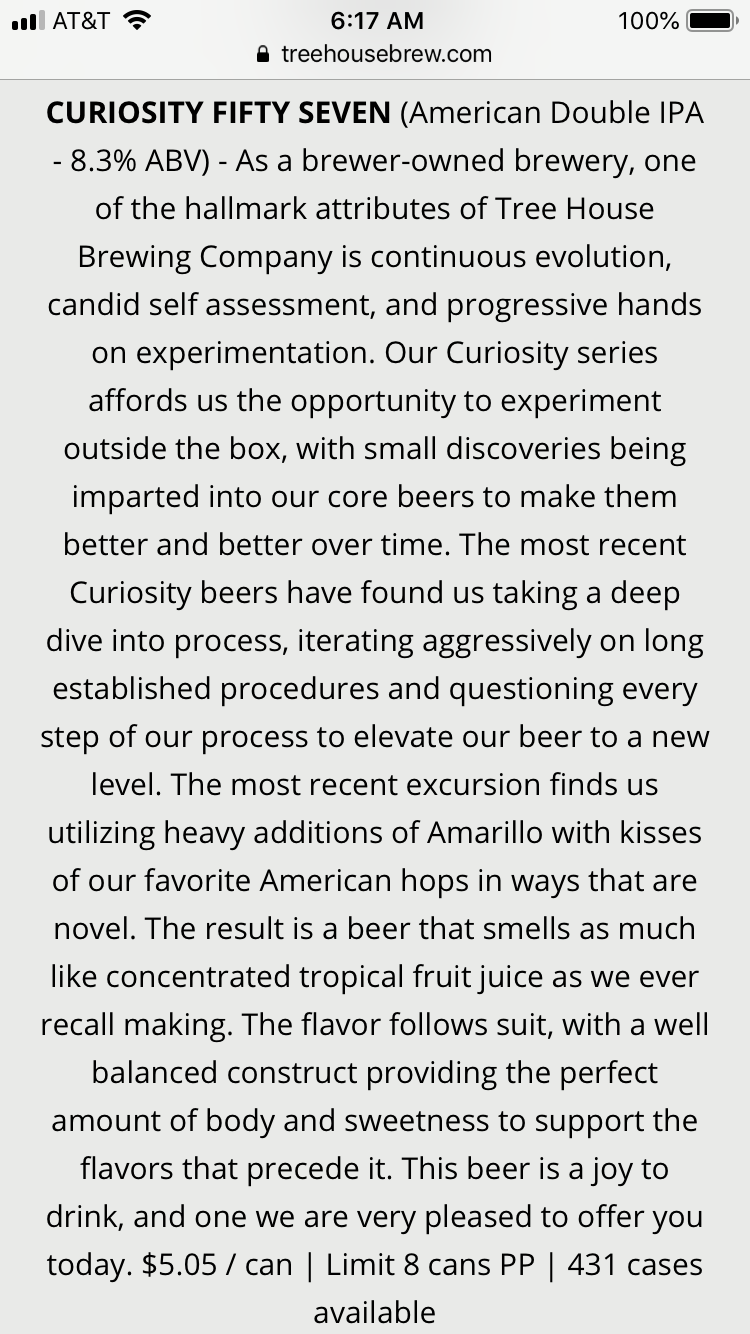couchsending
Well-Known Member
- Joined
- Jun 21, 2016
- Messages
- 3,063
- Reaction score
- 2,256
I linked that post just as a reference for what happens to Ca throughout the process.
Treehouse beers have relatively low Ca content (I believe the one Tonsmeire tested was 38 ppm or so) but some of the other equally good beers I’ve had tested were closer to 80/85. If a finished beer has a ppm in that neighborhood it means quantities in the mash were probably considerably higher. But again that depends on the starting levels of bicarbonate and what not. If you are using RO water you might not need to go much higher than 50 ppm Ca in the mash. I don’t add Ca salts to sparge water anymore, I instead add them to the boil and just adjust sparge with acid to a certain pH.
Treehouse beers have relatively low Ca content (I believe the one Tonsmeire tested was 38 ppm or so) but some of the other equally good beers I’ve had tested were closer to 80/85. If a finished beer has a ppm in that neighborhood it means quantities in the mash were probably considerably higher. But again that depends on the starting levels of bicarbonate and what not. If you are using RO water you might not need to go much higher than 50 ppm Ca in the mash. I don’t add Ca salts to sparge water anymore, I instead add them to the boil and just adjust sparge with acid to a certain pH.








![Craft A Brew - Safale BE-256 Yeast - Fermentis - Belgian Ale Dry Yeast - For Belgian & Strong Ales - Ingredients for Home Brewing - Beer Making Supplies - [3 Pack]](https://m.media-amazon.com/images/I/51bcKEwQmWL._SL500_.jpg)


















































